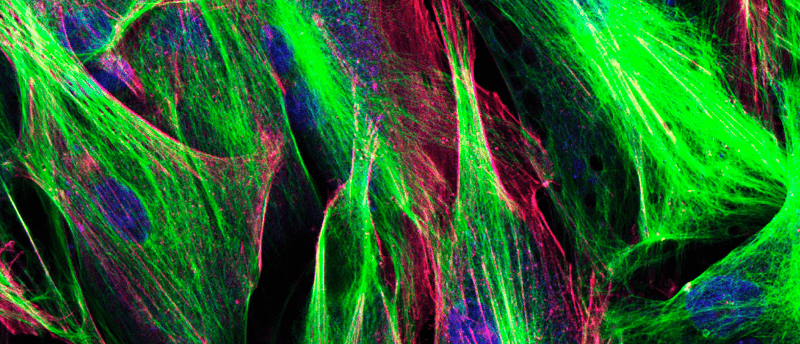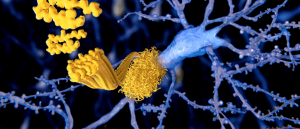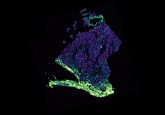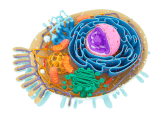Novel probe could make fluorescence microscopy analyses more accurate

Researchers have developed a new, more accurate method for determining the degree of labeling in fluorescence microscopy.
An international collaboration of researchers led by the University of Birmingham (UK) has developed a new calibration probe called ProDOL, which determines the number of proteins that are labeled with fluorescent markers in living cells. The probe enhances the accuracy and reliability of protein-labeling studies.
Fluorescence microscopy is a staple technique in many life science labs, allowing researchers to detect and analyze proteins within cells. Determining how many proteins are labeled with fluorescent markers, called degree of labeling (DOL), is crucial for ensuring optimal labeling conditions and therefore the accuracy of the technique. However, determining the DOL can be challenging, and existing methods have limitations, often resulting in variable labeling efficiencies and unspecific signals.
 Novel microscopy technique provides insights into amyloid architecture
Novel microscopy technique provides insights into amyloid architecture
Researchers have developed a microscopy technique to visualize amyloid beta’s underlying structure, which could yield new insights into Alzheimer’s disease.
To address these limitations, the researchers developed a fast and reliable method to quantify labeling efficiencies called protein-tag DOL (ProDOL). ProDOL is a calibration probe composed of a membrane-anchored enhanced green fluorescent protein (eGFP), which acts as a reference marker, fused to two self-labeling protein tags, SNAP-tag and HaloTag. The probe can be expressed in various cell lines and provides a way to measure labeling efficiency through colocalization at the single-molecule level, enhancing the reliability and versatility of the measurements.
After developing the technique, the team collaborated with Oliver Fackler from Heidelberg University Hospital (Germany) to apply ProDOL to investigate how the HIV-1 virus affects the signaling response of CD4 T cells. They used ProDOL to successfully measure the total and active number of helper proteins in tiny signaling clusters of CD4 T cells in the absence and presence of HIV-1 pathogenesis factor Nef.
By enhancing the accuracy and reliability of protein labeling, the technique could help provide new insights about cellular functions. “In the future, [ProDOL] could, for example, improve our understanding of cellular signaling processes in the activation of immune cells or platelets which are relevant in the context of various diseases, including but not limited to inflammation, immune deficiencies, and various cardiovascular diseases,” commented corresponding author Dirk-Peter Herten.





